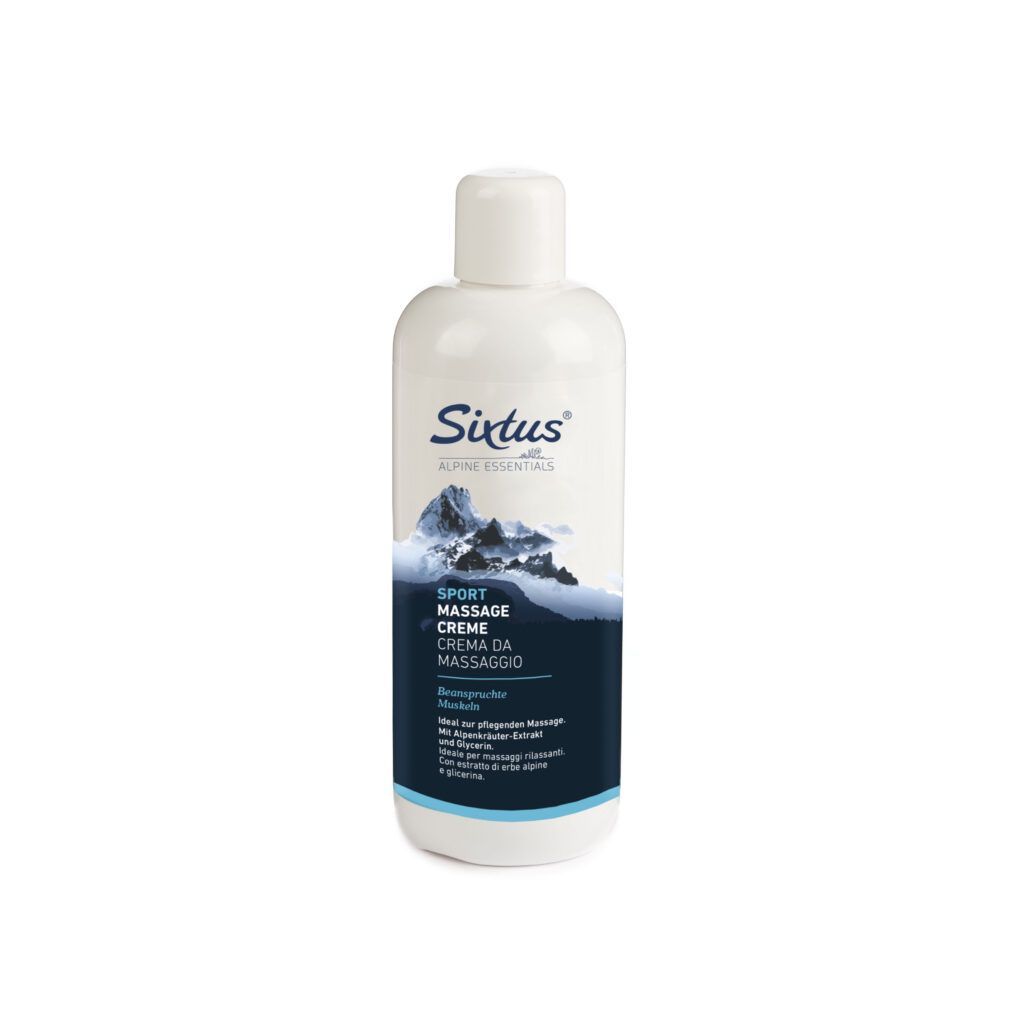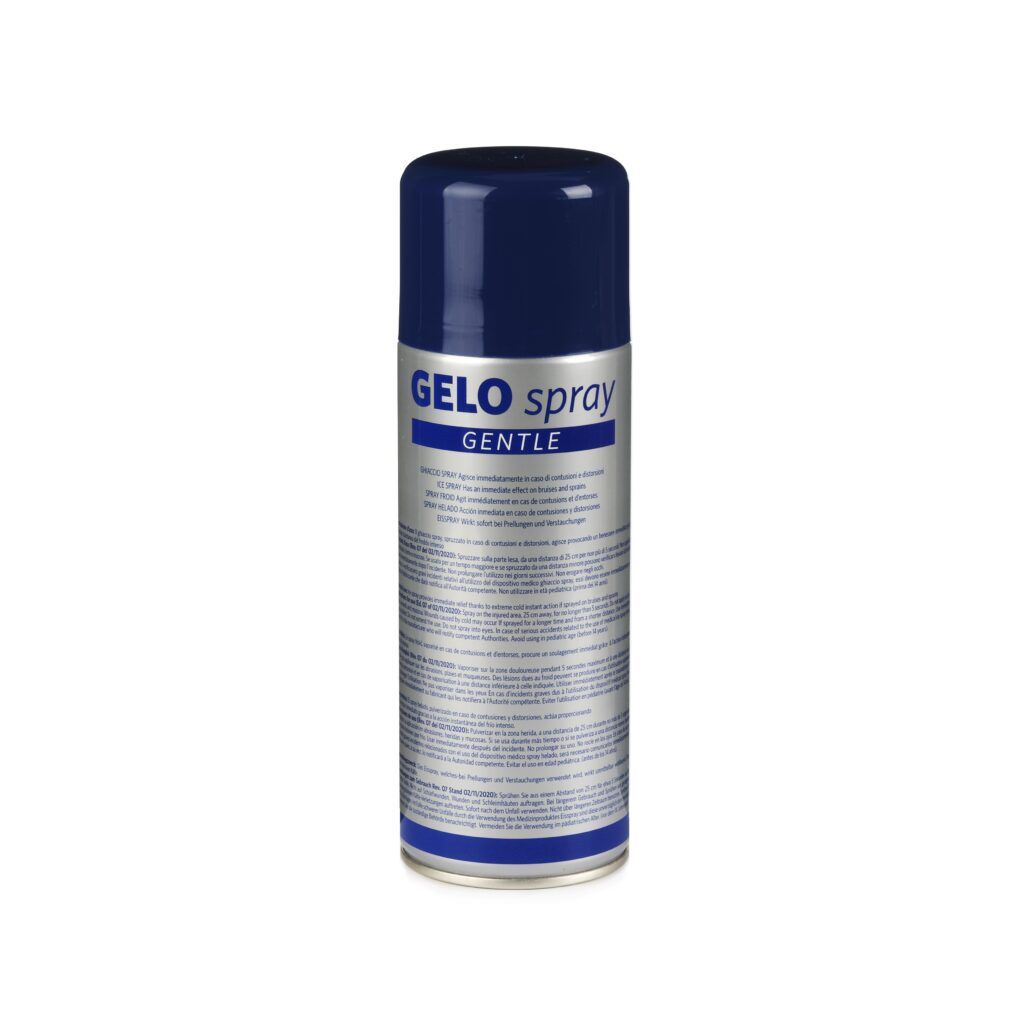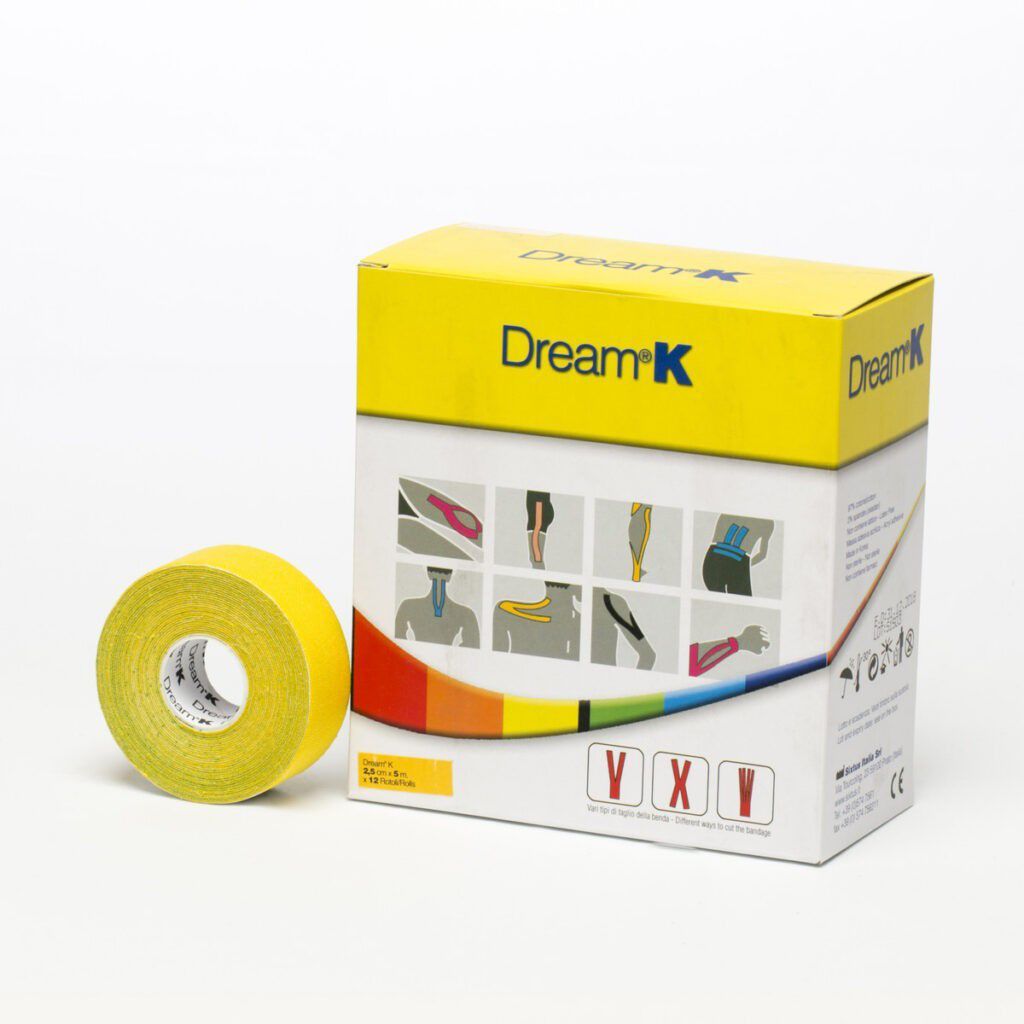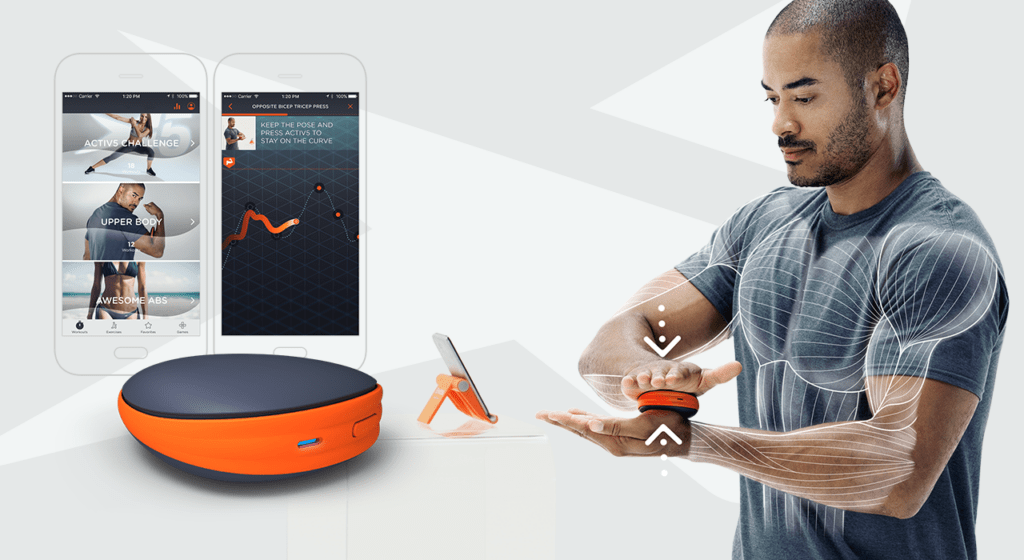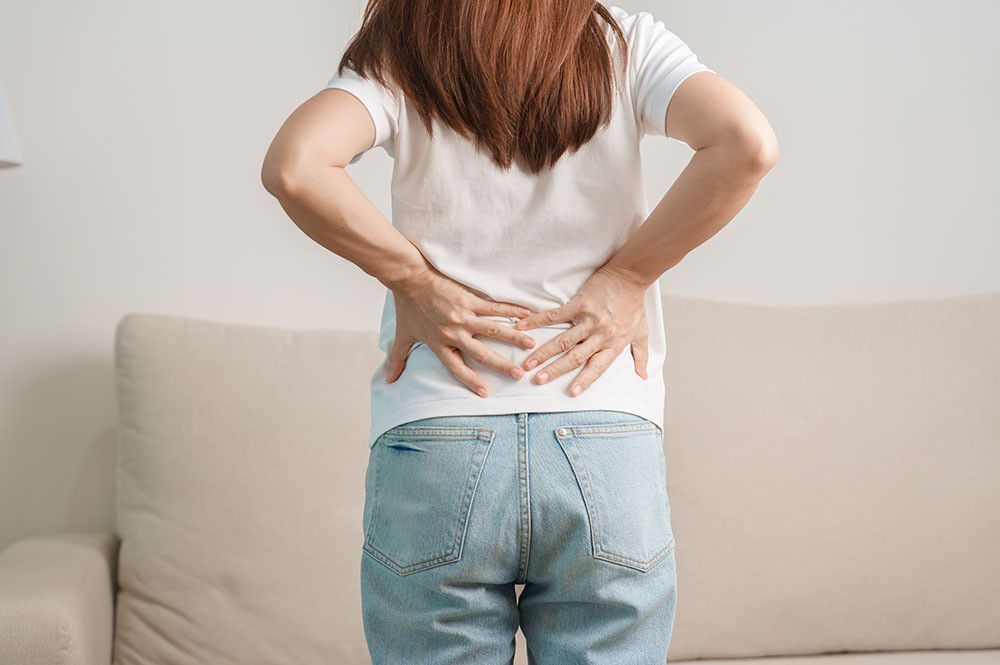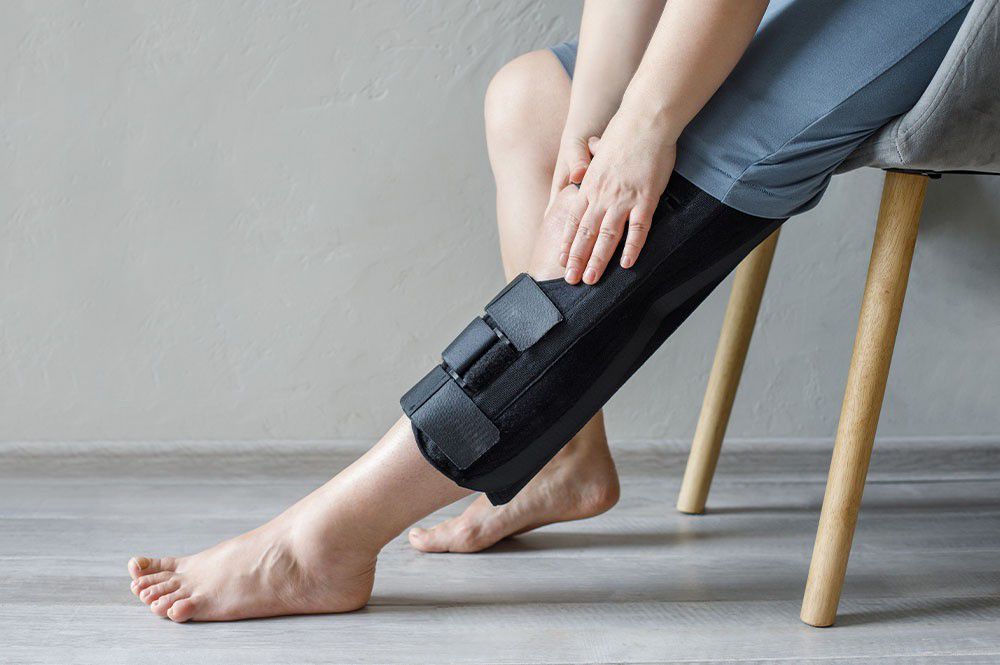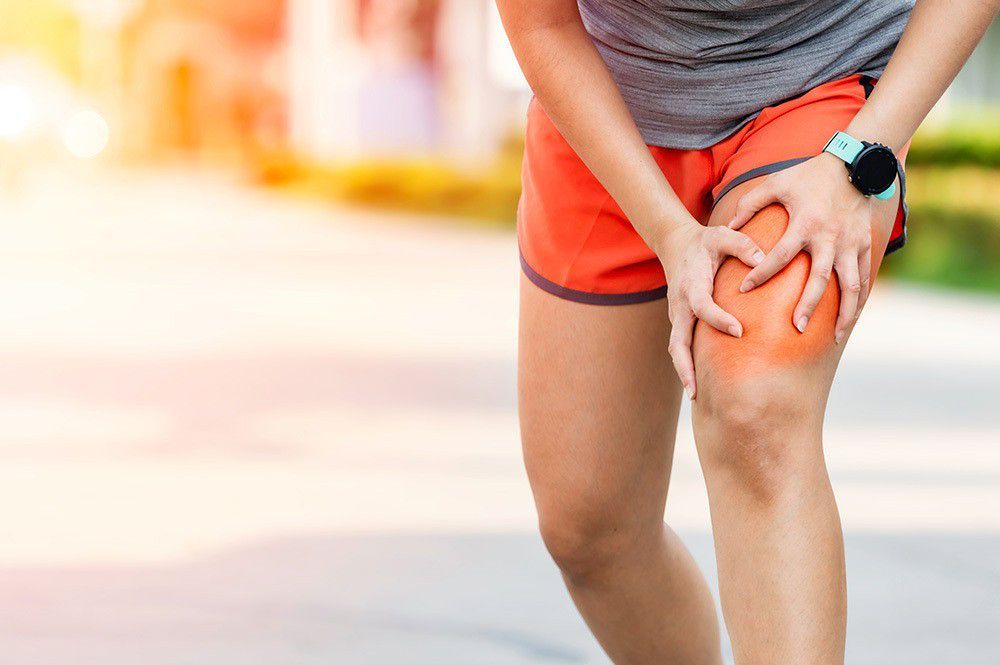Neuropathic pain: what exercises to do
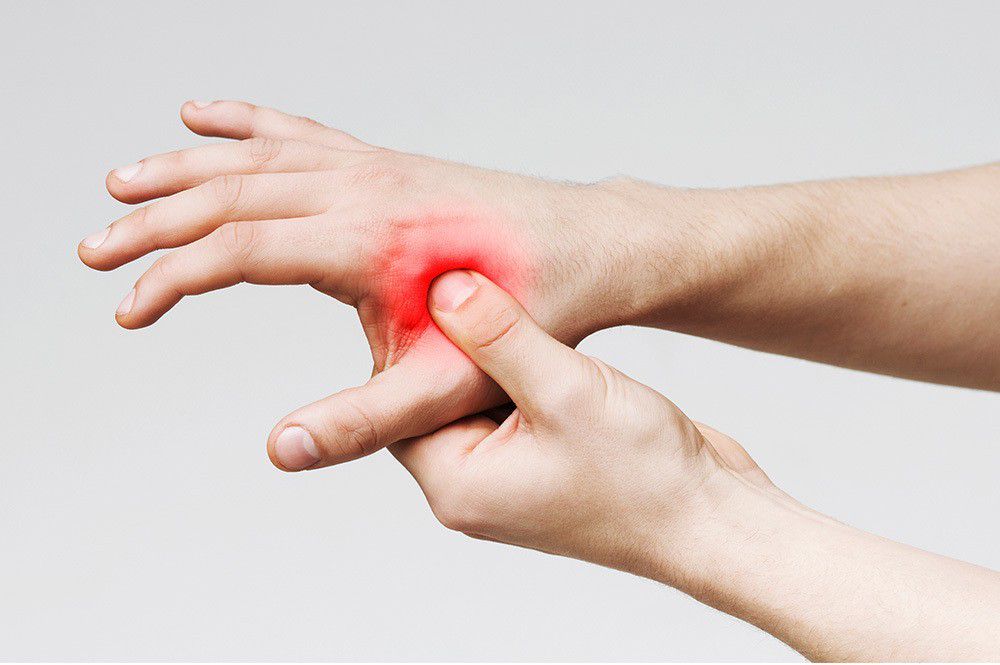
- 1 Diagnosis
- 2 Causes
- 3 Therapy
- 4 The role of professionals
Neuropathic pain: what is it?
Neuropathic pain results from damage or dysfunction of the peripheral or central nervous system rather than stimulation of pain receptors.
Diagnosis is supported based on neurological examination by pain not proportional to tissue damage, dysesthesia (e.g., pain, tingling), and nerve damage symptoms.
Pain can develop after injury at any level of the nervous system, peripheral or central; the sympathetic nervous system may be involved (causing maintained and prolonged pain from the sympathetic nerves).
The mechanisms of neuropathic pain are complex and involve changes:
- at the level of peripheral nociceptors and nerves;
- at the dorsal root ganglion;
- in the nociceptive pathways and terminal structures of the central nervous system (CNS).
At the level of peripheral nerves and nociceptors, injury leads to inflammation, activation, and overrepresentation of cation channels, particularly sodium channels. These changes lower the activation threshold and increase the response to noxious stimuli. Under chronic conditions, the peripheral nerve constantly sends ectopic nociceptive signals to the central nervous system.
This bombardment of continuous peripheral nociceptive input leads to changes in receptive nociceptors (central sensitization): when stimulated, they interpret pain from minor stimuli (including non-painful stimuli) as significant pain (allodynia) and interpret that pain as coming from a larger area than it is.
These changes can be reversed, at least temporarily, if peripheral nociceptive input can be interrupted.
Central neuropathic pain syndromes (pain caused by dysfunction of the somatosensory pathways in the central nervous system) can be caused by any central nervous system injury. Still, these syndromes occur most commonly after a stroke, result from a spinal cord injury, or are associated with a demyelinating plaque related to multiple scleroses. To be considered central neuropathic pain, the pain must occur in the area clinically affected by the CNS lesion; however, it need not affect the entire affected area. Central neuropathic pain occurs only when the spinothalamic tract (needle prick, temperature sensitivity) is disturbed. If needle prick and temperature sensation are normal in the area of pain suspected to be central neuropathic pain, another source of pain should be considered. The cause of pain in patients with neurological impairment is most often musculoskeletal in nature (e.g., shoulder pain associated with arm paralysis after stroke or upper extremity overload syndrome in wheelchair-bound patients with spinal cord injury).
Specific neuropathic pain syndromes include:
- postherpetic neuralgia,
- root extraction,
- painful traumatic mononeuropathy,
- painful polyneuropathy (including neuropathy due to diabetes or chemotherapy),
- central pain syndromes (probably caused by virtually any injury at any level of the nervous system),
- postoperative pain syndromes (e.g., postmastectomy syndrome, post-thoracotomy syndrome), phantom limb pain),
- complex regional pain syndrome (reflex-sympathetic dystrophy).
Etiology of neuropathic pain
Neuropathic pain can result from efferent activity (pain sustained by the sympathetic system) or from disruption of afferent activity (deafferentation pain).
Peripheral nerve damage or dysfunction can lead to neuropathic pain.
Examples include:
- Mononeuropathies (affecting a single nerve, e.g., carpal tunnel syndrome, radiculopathy due to herniated disc),
- Plexopathies affecting multiple nerves within a particular nerve plexus; usually caused by trauma, inflammation or nerve compression, such as a tumor.
- Polyneuropathies affecting multiple nerves, often throughout the body; usually caused by various metabolic disorders, paraproteinemia, toxic exposures (e.g., alcohol, chemotherapy), hereditary predisposition or, rarely, immune-mediated mechanisms.
Treatment often doesn’t involve analgesics but concomitant medications (e.g., antidepressants, antiepileptics, baclofen, topical drugs) or nonpharmacological treatments (e.g., physical therapy, neuromodulation).
Neuropathic pain: multimodal, interdisciplinary therapy
Successful management of neuropathic pain begins with confirmation of the correct diagnosis and treatment of treatable causes (e.g., herniated disc, carpal tunnel syndrome). In addition to medication, mobilization, active exercise, and physical therapy are necessary to desensitize areas of allodynia and prevent trophic changes, disuse atrophy, and joint ankylosis.
In addition, psychological factors should be considered from the beginning of treatment: anxiety disorders and depression should be treated appropriately.
When dysfunction does not respond to first-line treatment, patients may benefit from the comprehensive approach of a pain clinic:
- Neuromodulation (stimulation of the spinal cord or peripheral nerves) is particularly effective for neuropathic pain.
- Several classes of drugs are effective, but complete relief is unlikely, and it is important to have realistic expectations. The goal of drug treatment is to relieve neuropathic pain so that it is less disabling. Opioid analgesics can provide some relief but are generally less effective for acute nociceptive pain and carry the risk of addiction; adverse effects may prevent adequate analgesia. Adjuvant analgesics, such as antidepressants and anticonvulsants, are most commonly used to treat neuropathic pain and their efficacy is supported by data from randomized trials.
- Spinal cord stimulation using an epidural electrode for some types of neuropathic pain (e.g., chronic leg pain after spine surgery).
- Electrodes implanted along peripheral nerves and ganglia in some chronic neuralgia (peripheral nerve stimulation).
- A sympathetic block, ususally ineffective, except for some patients with complex regional pain syndrome.
- Neural blockade or ablation (radiofrequency ablation, cryoablation, chemo neurolysis).
- Transcutaneous electrical nerve stimulation (TENS).
Neuropathic pain: Physiotherapy and physical activity
Physical therapy and physical activity can help manage pain. For example, the doctor may prescribe passive and instrumental physiotherapy as well as active physiotherapy, which includes gentle gymnastics and physical exercises.
The main points of active physiotherapy are:
1. Stretching
So-called muscle-fascial tension is of great importance in recurrent pain. Targeted stretching can relieve this muscle-fascial tension and help restore the shortened muscles to their original state by decreasing the activation state of neuropathic pain.
2. Strengthening
At the same time, it is important to achieve targeted strengthening of certain weakened muscles.
Strong muscles protect against (excessive) stresses on joints, fascia, and tendons. In particular, targeted strengthening of deep muscles or so-called stabilizers is of paramount importance.
3. Movement
To make this more concrete, it is necessary to implement specific exercises performed with physical therapists and movement experts, especially to learn for self-treatment. These are mainly based on the concept of functional gymnastics, with which the three main areas-stretching, strengthening, and movement-can be performed appropriately according to existing pains and problems.
Functional gymnastics is the connection between posture and controlled movement.
Maintaining, moving, and controlling your body (and/or an object), just as it happens in everyday life!
What is defined as functional gymnastics depends on the respective training goal. These specifically include:
- coping with daily activities,
- pain relief,
- injury-free exercise of sports or recreational activities,
- sport-specific preparation of athletes,
- general improvement of posture and figure, flexibility, strength, coordination, body awareness, reaction speed, concentration,
- maintenance of mobility.
When we move in everyday life, the deep layers, our so-called stabilizers, tense a few milliseconds before the superficial layers, the mobilizers. The best way to control the deep muscle layers is to train sensorimotor skills.
Sensorimotor function is the direct interaction between the nervous system and muscles, where receptors are responsible for receiving and transmitting information to the central nervous system.
The motor function ensures that certain muscle groups are controlled and tensed.
We know that our ability to use the senses decreases throughout our lives, especially if the ability to use the senses is not trained!
Over time, sparing painful areas as much as possible will lead these supporting muscles to continue to atrophy.
Taking it easy instead of improving them will quickly worsen symptoms. The exercises have dynamic as well as static components, so they are also a stabilization workout!
In conclusion, modern, multi-joint, fun training that shows success even in the most minor training units optimally prepares us for everyday life and can relieve or prevent pain.
The use of physical therapy can be beneficial in stages of pain recurrence:
Heat or cold: Each patient responds differently to temperature change therapies, which makes it impossible to guess their response. Statistically, cold therapy has been found to be more useful, but the sure way to know is by experimenting on a case-by-case basis.
Electrotherapy.
Diathermy.
Kinesiotaping.
Massage.
Acupuncture.

